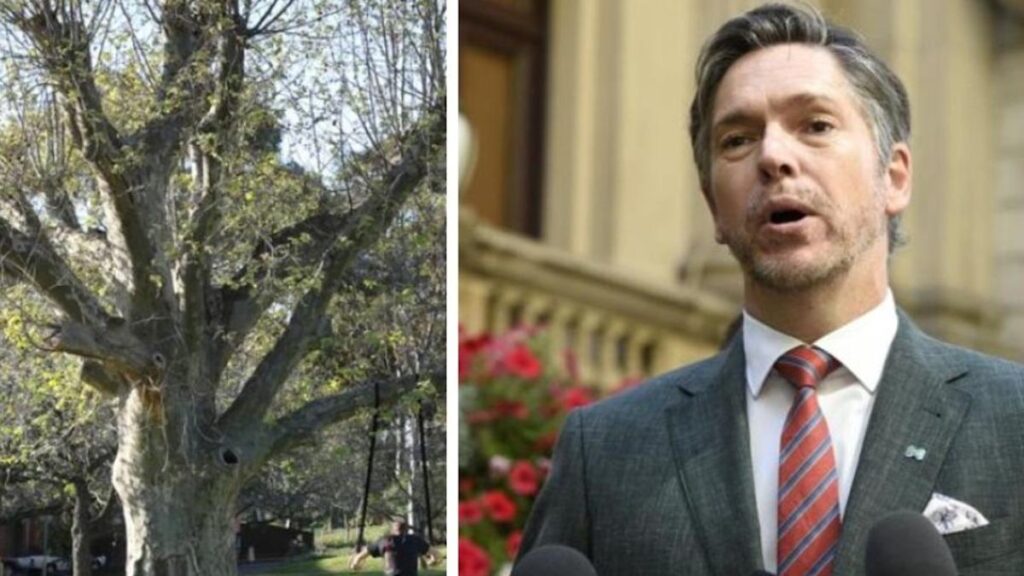
UPDATE: Melbourne’s Lord Mayor, Nicholas Reece, has just proposed a revolutionary change to Australia’s seasonal calendar, suggesting the adoption of a six-season First Nations calendar. This radical idea, presented during the Melbourne 2050 Summit, aims to align seasonal recognition more closely with Australia’s unique climate patterns rather than the traditional four-season model derived from Northern Europe.
In a compelling interview with 3AW, Reece emphasized that the traditional calendar fails to reflect Australia’s diverse weather conditions. “We have gone and superimposed four seasons… they don’t really match up with the weather patterns,” he stated. He argued that the traditional Wurundjeri seasonal calendar, which features six distinct seasons, resonates more accurately with the local environment.
The proposed six seasons include:
1. **Biderap** (Dry Season) from early December to early February, representing high summer.
2. **Luk** (Eel Season) from early February until April, signaling late summer.
3. **Waring** (Wombat Season) from early April to early June, marking early winter.
4. **Gannawarra** (Black Swan Season) from early June to late July, indicating deep winter.
5. **Guling** (Orchid Season) from late July to late September, heralding early spring.
6. **Porneet** (Tadpole Season) from late September to early December, recognized as true spring.
Reece’s insights were echoed by Wurundjeri woman Jacqui Wandin, who highlighted the effectiveness of First Nations seasons in signifying environmental change. “During Biderap, the sun is much hotter, so be careful where you step!” she cautioned, emphasizing the connection between the seasons and nature’s rhythms. Wandin also shared her personal connection, stating, “My favorite time of year is Guling when the silver wattles are in full bloom, reminding us of Uncle Barak, our most courageous civil rights hero.”
The idea to shift to a six-season calendar is part of a broader initiative to reimagine Melbourne’s future, with plans to make the city more inclusive and reflective of its indigenous heritage. This proposal has sparked significant conversation among residents and officials alike, many of whom are excited about the potential for a more relevant and representative seasonal understanding.
As this dialogue unfolds, many are eager to see how city officials will respond. Will the proposal gain traction and lead to official adoption? What implications could this have for education, agriculture, and cultural awareness in Australia?
Stay tuned for more updates on this developing story as Melbourne navigates the intersection of tradition and modernity in its seasonal representation. This is not just a calendar change; it’s a cultural shift that may redefine how Australians connect with their environment.






